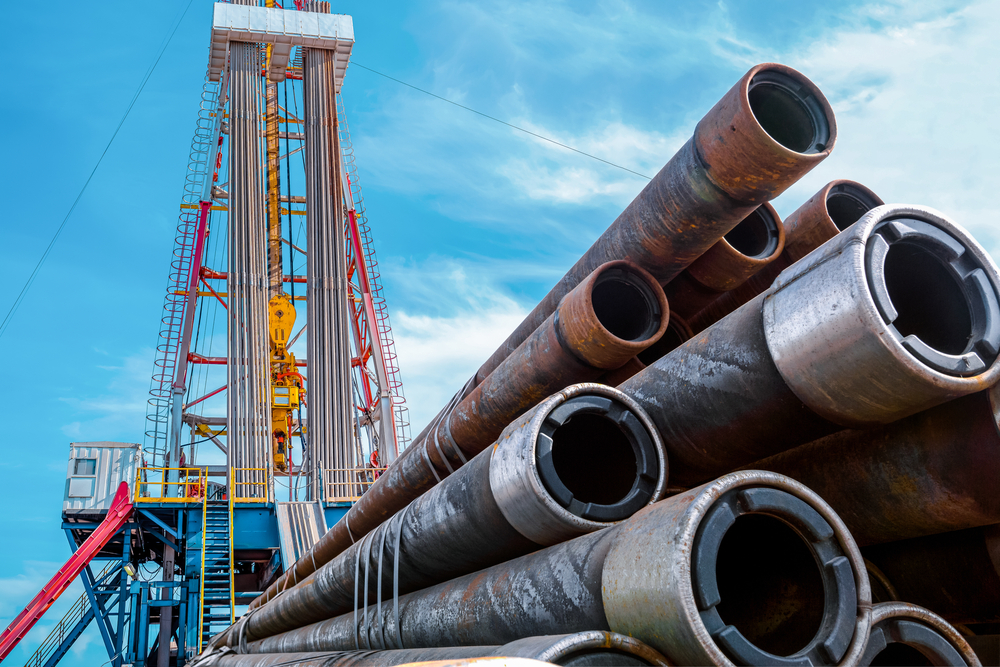
Oilfield operations are among the most demanding industrial environments on the planet. With exposure to extreme temperatures, corrosive substances, high pressures, and abrasive conditions, the choice of fabrication materials can make or break the integrity of equipment and infrastructure. At Aecem Services Limited, we understand that resilience, durability, and safety are paramount when it comes to fabrication for oilfield applications.
In this post, we’ll explore the top materials that stand up to the test in harsh oilfield environments—ensuring long-term performance and reduced downtime.
1. Carbon Steel
Carbon steel remains a popular choice in oilfield fabrication, particularly for structural applications and pressure vessels. Its strength and availability make it cost-effective, especially when the environment is less corrosive. However, in sour service or offshore environments, carbon steel often requires coatings or linings for corrosion protection.
Key benefits:
- High strength-to-cost ratio
- Excellent machinability
- Suitable for structural components and piping
2. Stainless Steel (316 & 304 Grades)
Stainless steel is widely used in environments where corrosion resistance is critical. Grade 316, with added molybdenum, offers enhanced resistance to chlorides and acids, making it ideal for offshore platforms and subsea systems. Grade 304, while slightly less resistant, is still a reliable option for topside and processing equipment.
Key benefits:
- Outstanding corrosion resistance
- Suitable for harsh, saline, or chemically aggressive environments
- Longevity in service
3. Duplex and Super Duplex Stainless Steel
Duplex and super duplex steels are engineered to perform in high-stress and high-corrosion scenarios. These materials combine the strength of carbon steel with the corrosion resistance of stainless steel. They are ideal for subsea pipelines, wellhead components, and riser systems.
Key benefits:
- Excellent resistance to stress corrosion cracking
- High tensile strength
- Lower weight-to-strength ratio compared to traditional stainless steel
4. Inconel Alloys
Inconel, a nickel-chromium-based superalloy, is used in the most extreme oilfield environments, including deep wells and high-temperature zones. Inconel 625 and 718 are common choices for applications requiring excellent resistance to oxidation and aggressive chemicals.
Key benefits:
- Withstands high heat and pressure
- Resists oxidation and corrosion in acidic conditions
- Maintains integrity under thermal cycling
5. Titanium Alloys
Though more expensive, titanium alloys are unparalleled in corrosive offshore and subsea environments. Their light weight, high strength, and resistance to seawater make them a go-to for components like risers, heat exchangers, and flowlines.
Key benefits:
- Extreme corrosion resistance
- High strength-to-weight ratio
- Ideal for subsea and marine applications
6. Cladded Materials
Cladding involves bonding a corrosion-resistant alloy (CRA) layer over a structural material such as carbon steel. This hybrid approach allows for a balance of performance and cost-efficiency in oilfield fabrication.
Key benefits:
- Cost-effective alternative to full CRA components
- Enhanced corrosion resistance
- Commonly used in pipeline systems and pressure vessels
7. Composite Materials
Advanced composites are making their way into oilfield fabrication due to their resistance to corrosion and fatigue. While not suitable for high-load structural applications, composites are increasingly used in piping, tanks, and non-pressure systems.
Key benefits:
- Lightweight and corrosion-proof
- Longer service life in corrosive settings
- Reduced maintenance needs
Final Thoughts
Material selection in the oil and gas industry is not just a technical decision—it’s a strategic one. The right materials ensure safety, efficiency, and profitability in environments where failure is not an option.







